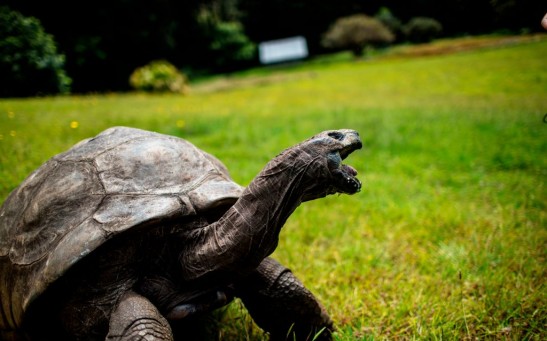Animals
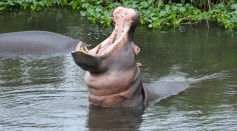
Hippopotamuses Spray Poop When They Recognize Sounds Both of Friends and Rivals
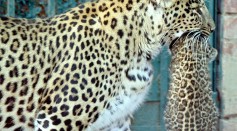
Mother Jaguar Engages in Courtship to Shield Her Cub: A ‘Hide and Flirt’ Scheme Against ‘Infanticidal’ Males
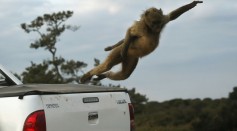
First Female Monkey Leader of Japan Reigns But Mating Season Love Triangle Might Bring Her Down
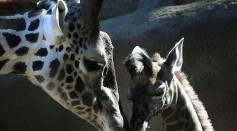
San Diego Zoo Announces Death by Euthanasia of 2-Day Old Giraffe Due to Standing and Feeding Problem
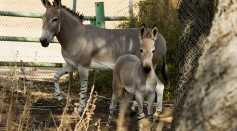
Kunga: The First-Identified Human-Engineered Hybrid Animal Breeding from Two Different Species
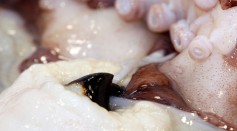
Deepest Dwelling Squid at 19,000 Feet Below Sea Level Revealed to Subsea Explorers on Shipwreck Dive
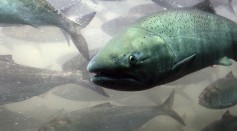
Salmon Magnetic Sense Could Involve Magnetite Crystals In Specialized Receptor Cells in Their Noses, Research Says
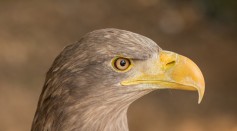
Steller’s Sea Eagle Spotted in Maine; Reports Say This Was the Same 20-Pound Bird Species Found in Massachusetts in December
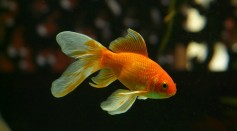
Scientists Teach Goldfish How to Drive With AI's Help [WATCH]
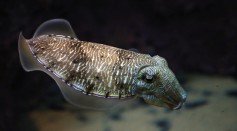
Animal Vision: 3 Creatures with the Weirdest Eyes
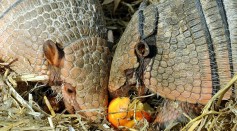
Armadillo Invasion: Why Did They Choose the Carolinas? Scientists Aren't Sure But They're Here to Stay
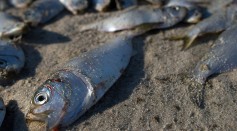
It Rained Fish in Texas! Rare 'Animal Rain' Forms A Storm From Waterspouts
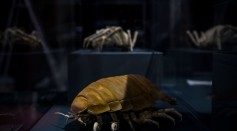
Stomach-Turning Animals: 5 of the Biggest Gross-Out Creatures in Science in 2021
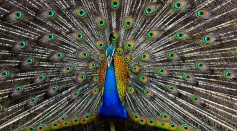
Iridescent Shimmer of Peacocks and Hummingbirds Has Complex Nanostructures At Play, According to Scientists
Most Popular

AI Revolution in Medical Education: Transforming How Healthcare Professionals Learn

Optimizing Complex Catalog Systems with Graph Theory and Indexing

Out of Office, Not Out of Mind: Planning for Employee Holiday Absences

Exploring Life Beyond Earth: Study Claims Other Planets Could Be Suitable for Alien Life

